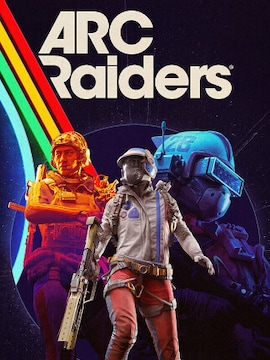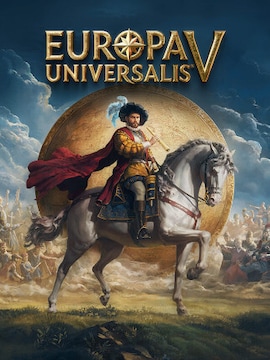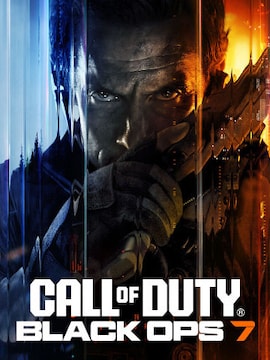The switch to the Source 2 engine in Counter-Strike changed how skins look hastily. Lighting, reflections, and material textures were upgraded across the board.
That means a lot of older, cheaper skins suddenly look much better than they used to.
- What Makes a Cheap Skin Look Premium in CS2
- How to Shop Smart: Wear Values and Float Breakpoints
- Know When to Buy: Timing and Market Fluctuations
- Playstyle Visuals: Why Looks During Gameplay Matter
- Sticker Synergy: Making Cheap Skins Look Custom
- The Source 2 “Glow-Up”: Why CS2 Made Old Skins Better
- The Community Trend: Budget Loadouts as a Flex
- Final Thoughts: Look Smart, Spend Less
And while most attention goes to the high-end finishes, there’s a sweet spot in the market right now for budget skins that punch way above their price.
What Makes a Cheap Skin Look Premium in CS2
With Source 2, visuals are sharper, lighting behaves more realistically, and reflections finally pop. That means metallic surfaces, clean pattern geometry, and high contrast colors now stand out way more than they did in the old engine.
We picked skins that look noticeably better in CS2 than they did in CS:GO. The criteria include:
- Strong contrast under different lighting conditions
- Clean, consistent patterns or metallic layers
- Good float value options under budget
- High community approval and resale value
How to Shop Smart: Wear Values and Float Breakpoints
Wear value matters more than ever. A Factory New skin can look flawless, while a low-end Field-Tested version might be missing key pattern detail. But price differences between Minimal Wear and Factory New can be huge.
Use float checkers before you buy. Aim for the best possible float in your target wear bracket. For example, a 0.07 Minimal Wear skin might look identical to a 0.02 Factory New version, but cost significantly less. That kind of detail helps you get more value without going over budget.
Know When to Buy: Timing and Market Fluctuations
Prices in CS2 do not stay still. Big sales, new cases, and operations all shift how much people are buying and selling. When fresh cases flood the market, prices often dip. When those cases get pulled or drop less often, prices climb back up.
Use price trackers like buff.163, CSFloat, or Steam Market charts to follow trends. These tools help you catch drops that still leave room for resale or long-term value. Avoid buying right after a skin gets attention or goes viral. That is when prices are highest. Let the hype die down. Then step in.
Playstyle Visuals: Why Looks During Gameplay Matter
Inventory screenshots do not tell the full story. Skins need to look good while you play. That means sharp patterns, good lighting response, and strong visual clarity no matter the map or time of day.
Test how skins behave in both outdoor and indoor environments. A flashy pattern can vanish in shadows. A subtle metal layer can suddenly pop under moonlight. Look for skins that hold their identity across maps like Mirage, Inferno, and Anubis.
Sticker Synergy: Making Cheap Skins Look Custom
Some skins work especially well with stickers. That includes clean matte finishes, neutral color bases, and flat textures that do not clash with holo or foil effects.
If you want a custom look without paying premium, go for skins that act as a canvas. Matte blacks, deep blues, and light greys are ideal. Then apply mid-tier stickers that pop. The result looks expensive, even if it isn’t.
Avoid noisy or chaotic skins if you plan to sticker them. You’ll lose visual clarity, and expensive stickers can end up looking worse than they would on a blank skin.
The Source 2 “Glow-Up”: Why CS2 Made Old Skins Better
In CS:GO, older skins often looked flat due to basic shading and limited texture fidelity. Source 2 added PBR rendering, improved reflections, and better surface simulation. That gave a second life to many low-tier finishes.
High gloss metal, deep reds, and even some greens now have real depth. Skins that were ignored for years are suddenly getting attention because they look completely different in CS2. If you know what to look for, you can find hidden gems that most players still overlook.
The Community Trend: Budget Loadouts as a Flex
Players are leaning into the budget skin game more than ever. Reddit threads, YouTube loadout guides, and marketplace watchlists all show the same trend. People want to look good without dropping $200 on a single weapon.
There’s pride in finding a $3 AK skin that looks as good as a $90 one. Smart players know where to look. They care about visual performance, resale value, and coordination across their loadout.
Budget builds are not just about saving money. They are about taste and timing. A good eye for float values and color harmony can make a $50 inventory look like it cost ten times more.
Final Thoughts: Look Smart, Spend Less
You do not need a high budget to build a visually strong inventory in CS2. Source 2 gave many older skins a serious upgrade. If you understand float values, pattern clarity, and lighting behavior, you can find impressive skins well below their perceived value.




